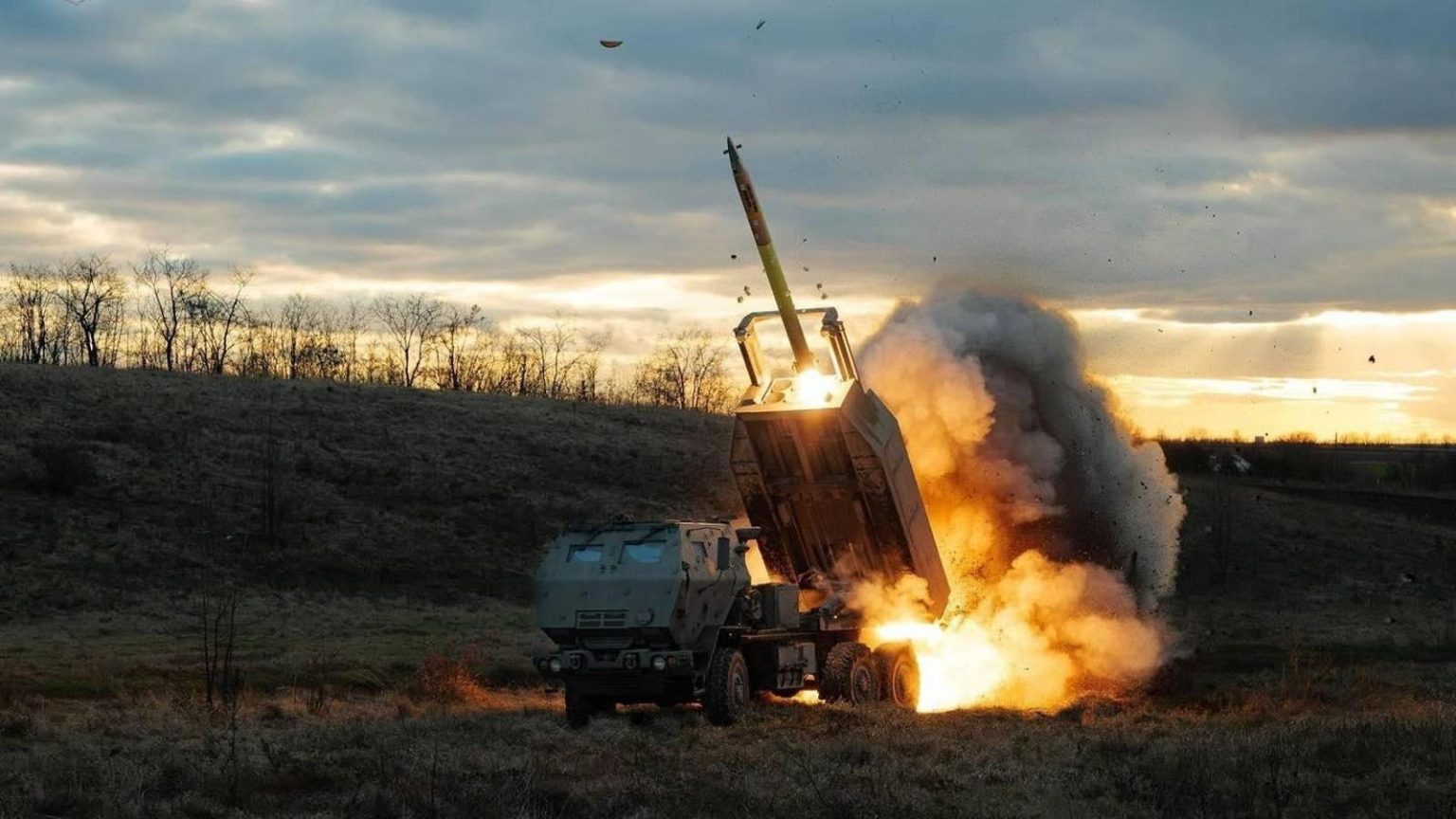Russian President Vladimir Putin has set a deadline of October 1 for his troops to defeat the Ukrainian invasion of Kursk Oblast. In response, Russian regiments launched counterattacks on Wednesday from three different directions, surprising many Ukrainian forces. The Ukrainian army’s 27th Rocket Artillery Brigade, equipped with American-made High-Mobility Artillery Rocket Systems, engaged a Russian platoon attempting to cross the Seym River using GPS-guided rockets, resulting in devastating casualties for the Russian troops.
Despite the successful repelling of one Russian assault, other Russian units managed to recapture several villages on both flanks of the salient. The front line remains chaotic, with both Ukrainian and Russian forces being a mix of various units pulled together from different divisions and brigades, leading to challenges in coordinating their efforts. The Russian military’s organizational structure has been a long-standing issue, according to analysts, which could impact their offensive capabilities in the short term.
While the Russians hold an advantage in troops and vehicles, the Ukrainians benefit from a defensive advantage in the parts of Kursk under their control. Their elastic defense approach allows them to avoid static confrontations with superior Russian firepower, instead opting to fight until near the point of being overwhelmed and then relocating to more defensible positions. However, this maneuverable defense approach could become problematic if faced with a simultaneous attack from multiple directions, diminishing Ukraine’s chances of successfully defending against the Russians.
Ukrainian commanders are aware of the risks and have drones monitoring likely approaches for Russian reinforcements, as well as rocket artillery ready to strike any incoming troops before they reach the front line. The unpredictable nature of the battle in Kursk Oblast, with multiple units on both sides operating in a fragmented structure, poses challenges for effective coordination and communication. The ongoing conflict highlights the complexities and uncertainties of modern warfare, where rapid decision-making and adaptability are crucial for success on the battlefield.
As the deadline set by Putin approaches, tensions in the region are escalating, with both sides preparing for further escalations in the conflict. The outcome of the battle in Kursk Oblast will have significant implications for the larger conflict between Russia and Ukraine, as well as regional stability in Eastern Europe. The international community is closely monitoring the situation, as any further escalation could result in dire consequences for both sides and the civilian population caught in the crossfire.


